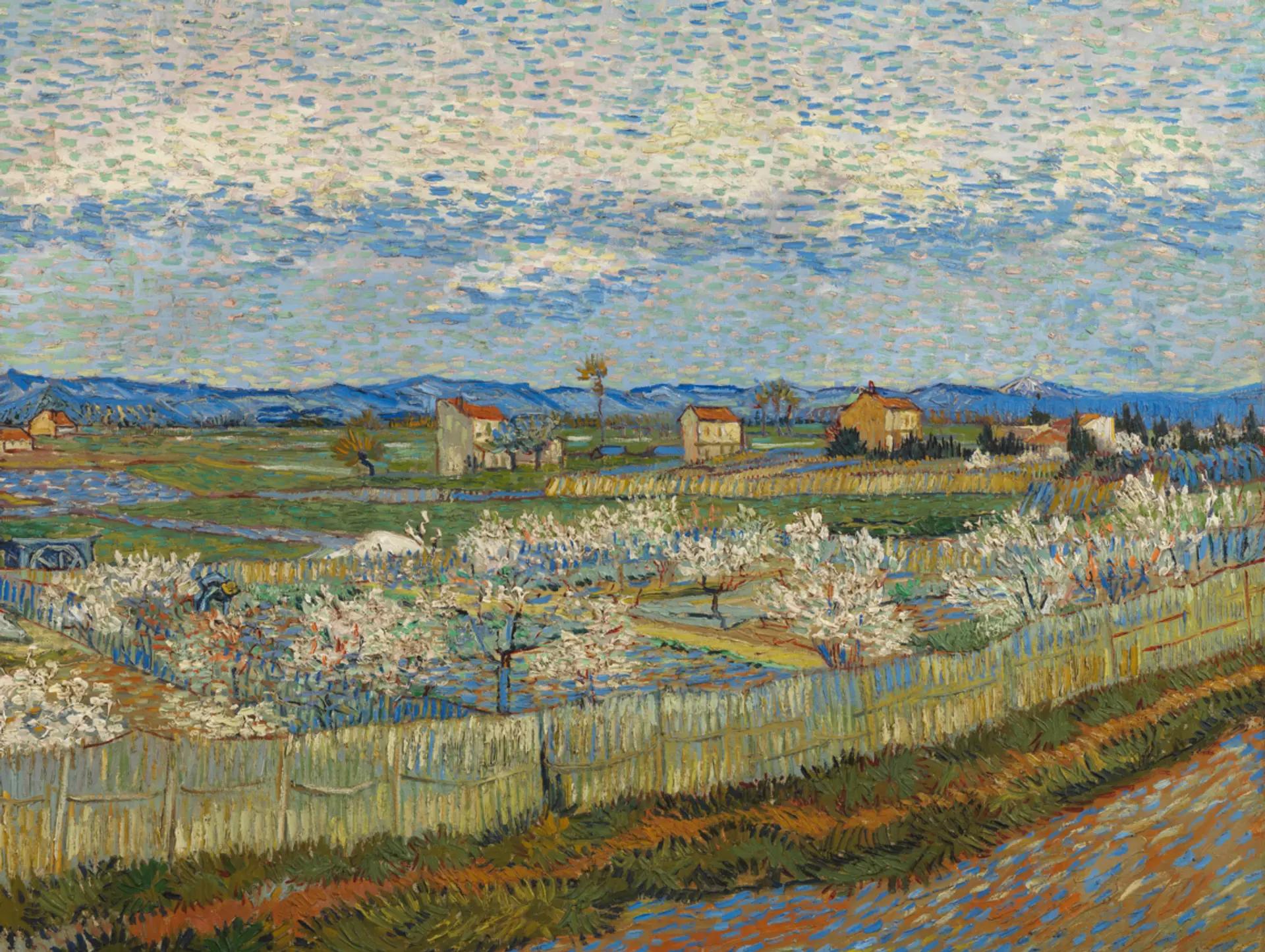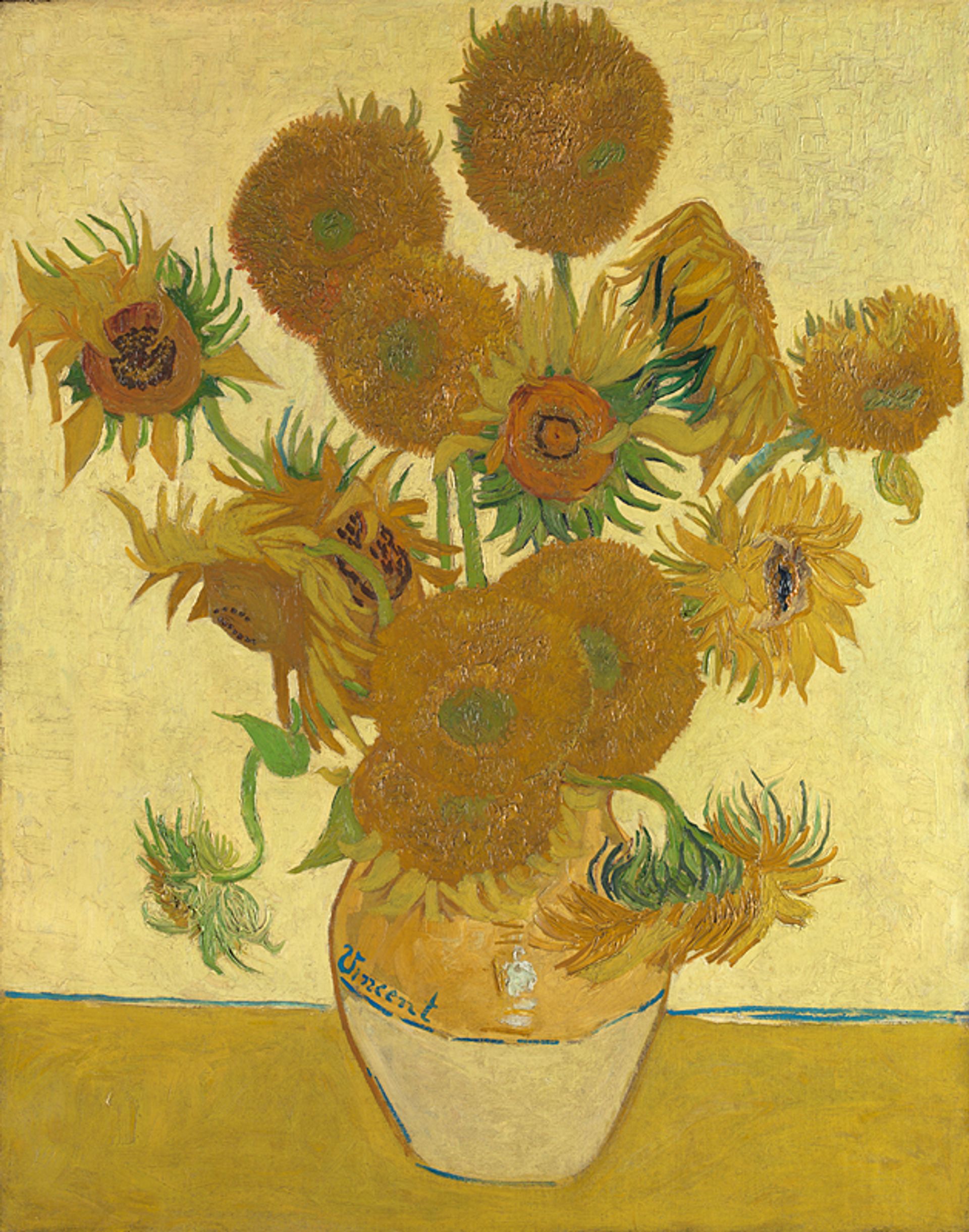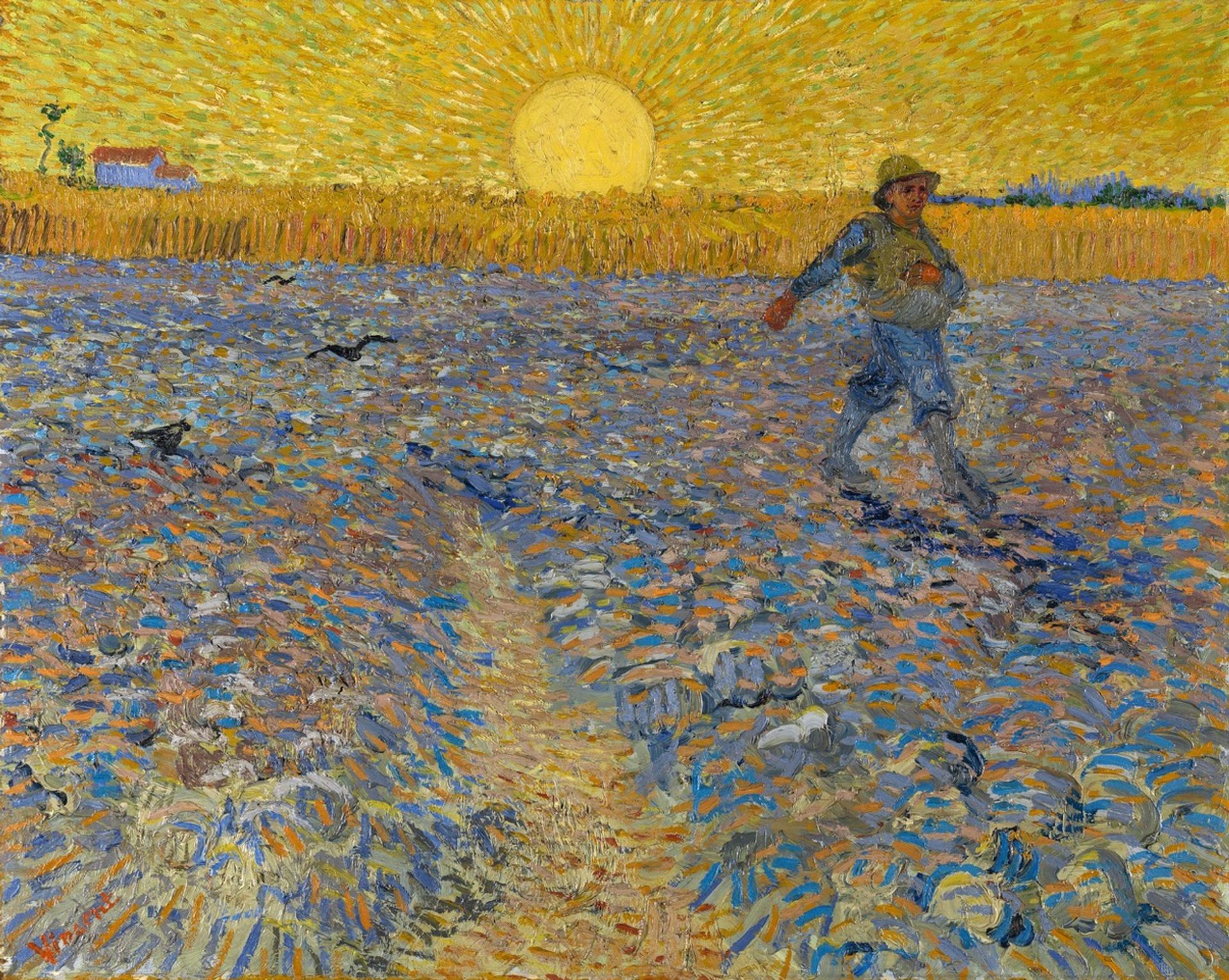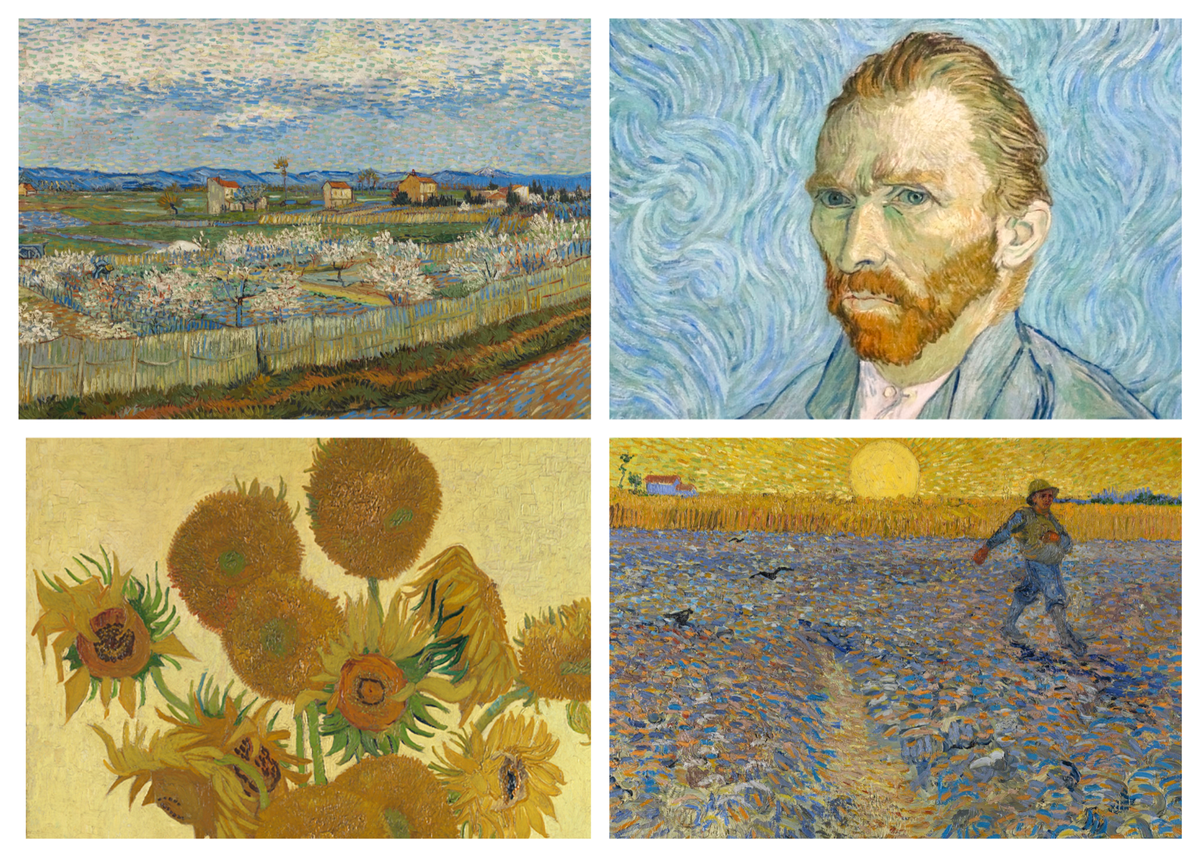Some readers may wonder why I have not reported on a series of recent protests by environmental activists involving Van Gogh paintings. Others may have guessed the reason: a wish not to give publicity to those threatening artworks. Widespread media coverage of photographed protests appears to fuel further incidents, endangering some of our greatest pictures.
Since the summer there have been more than 20 such protests involving artworks, organised by groups which are extremely concerned about climate change. These have targeted paintings, mainly in European museums, including works by some of the greatest names: Botticelli, Raphael, Vermeer, Goya, Constable, Turner, Monet, Toulouse-Lautrec, Klimt and Picasso - and Van Gogh.
On reflection, I feel that in a blog devoted to Van Gogh it is appropriate to publish brief reports on protests involving the artist’s works, but to confine these to the salient details of the incidents. In my view, these include the name of the owning museum, the date of the incident, the name of the protesting group and details of any damage—this information is given in the captions to the images below. I am reproducing images of the artworks—rather than the actual protests.
Three Van Goghs have been targeted recently: Peach Trees in Blossom (May 1889, Courtauld Gallery, London), Sunflowers (August 1888, National Gallery, London) and The Sower (June 1888, Kröller-Müller Museum, Otterlo).

Van Gogh’s Peach Trees in Blossom (May 1889), Courtauld Gallery, London; incident 30 June 2022; protesting group Just Stop Oil; damage to 18th-century frame Credit: Courtauld Gallery, London
In addition, there are unconfirmed reports of an attempted incident in Paris on 27 October, involving Van Gogh’s Self-portrait (September 1889) at the Musée d’Orsay. This was reported by the newspaper Le Parisien. The Musée d’Orsay declined to comment.
All three of the Van Gogh works which were affected in the incidents had protective glazing (the protestors appear to have been aware of this), so fortunately there seems to have been no damage to the paintings. However, there was some damage to the frames—a 17th-century frame at the National Gallery and an 18th-century one at the Courtauld Gallery.

Van Gogh’s Sunflowers (August 1888), National Gallery, London; incident 14 October 2022; protesting group Just Stop Oil; minor damage to 17th-century frame Credit: National Gallery, London
But there is always the danger of a mishap to the art. The more works that are attacked, the greater the risks. A group of over 90 internationally important museums commented in a recent statement: “As museum directors entrusted with the care of these works, we have been deeply shaken by their risky endangerment.”
These protests mean that museums will need to increase security (further bag checks at entrances and more staffing in the galleries), adding to costs and detracting from the visitor experience. Glazing of additional paintings is likely to involve further expenditure. Italy’s culture minister Gennaro Sangiuliano has now warned that these incidents “unfortunately, will require an increase in the cost of entrance tickets”.
Owners, both museums and private collectors, may also be less willing to lend to future exhibitions (the Rome incident involved a painting on loan from the Netherlands). Insurance and indemnity arrangements for loans will become more complicated.

Van Gogh’s The Sower (June 1888), Kröller-Müller Museum, Otterlo, painting on loan to an exhibition at Palazzo Bonaparte, Rome; incident 4 November 2022; protesting group Ultima Generazione; possible damage to frame (modern replica of 1910s Hendrik Berlage frame) Credit: Kröller-Müller Museum, Otterlo
In November two protestors who targeted Van Gogh’s Peach Trees in Blossom appeared in court in London. Emily Brocklebank and Louis McKechnie, of Just Stop Oil, were found guilty of causing criminal damage. McKechnie was jailed for three weeks and Brocklebank received a similar suspended sentence. Charges against Xavier Gonzales-Trimmer were dropped, but he was fined for failing to appear at an earlier hearing.
During the court hearing their defence lawyer argued that Peach Trees in Blossom “has now increased in value because of the protest”, a remark which hardly inspires confidence in the protestors’ understanding of the art world. The painting belongs to a public collection and will not be sold—and even if, theoretically, it did come onto the market the fact that it had been the subject of a protest would not add to its financial value.
Phoebe Plummer and Anna Holland, the two involved in the Sunflower incident at the National Gallery, are due to come up in court in January.
More worrying is a comment by the pressure group’s Alex De Koning, who told Sky News that “we’re going to do everything we can”. When asked if that could include slashing of artworks, he responded: “It could potentially come to that.”
Quite rightly, there are growing and urgent concerns about climate change. I, too, share these concerns. But I personally am extremely doubtful that targeting defenceless artworks will have a positive impact on dealing with the real challenges of climate change. Others may take a very different view.
What is clear is that Van Gogh has been singled out by the protestors. Three of his paintings have been hit (and a fourth one targeted), with no other artist having suffered in more than a single incident. The reason is simple: he is among the most instantly recognisable and valuable artists. Vincent is also probably the best loved.




